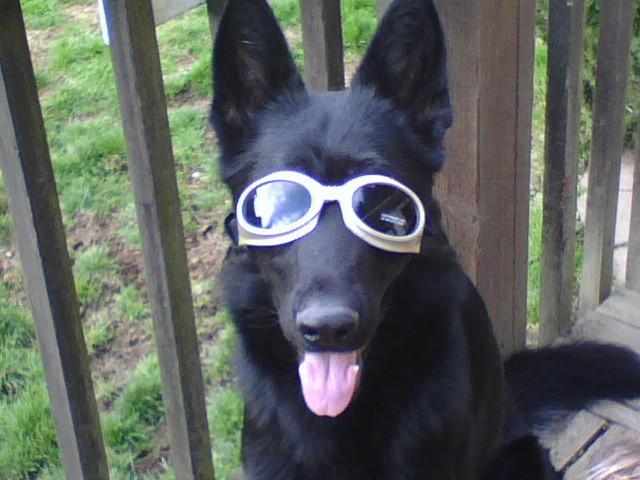The very first thing I teach is focus on me (eye contact) AWAY from something the dog wants. That “want” can be a treat, to greet another person or dog, a toy, access to outside, etc… I teach this the first or second day I get a pup home before I even teach the dog his name, recall, or anything else. In future blog topics, I’ll be talking more about how behaviors, reinforcement and what I’ve termed a “reset” fit together, but for now let’s concentrate on teaching the dog that focus on you is the gateway to getting what he wants.
Why eye contact?
- Calm
- Easy criteria for us to mark, the dog is either looking at us or he is not
- Impulse control away from toy or treat, no grabbing
- Dog learns to offer/choose default focus to get what he wants
Eye Contact step 1:
With ONE hand, hold the treat out to the side at arm’s length away from your face and wait for your dog to look up at your eyes. Common things the dog will try are jumping, barking, and mouthing your hand. Make sure you brace that elbow on your side and don’t move the hand! I like to hold it high enough at first so that the dog can’t reach my hand by standing on his hind legs. Use your verbal marker word, or a click, when the dog makes eye contact, pause and then give the treat from the hand holding the treat. Once the dog can do it from one hand held out to the side, practice in mini sessions throughout the week, holding the treat in different locations (all the faces of the clock) and expecting the dog to look at you. The hardest skill for the dog is when you are holding the treat right in front of their faces. If the dog jumps, barks, bites your hand, anything, say nothing and keep your hand still. Wait for the dog to settle down and offer eye contact. No obedience cues, no Leave it, no words, no movements. The dog figures out that those behaviors don’t work to get what he wants by the absence of the marker signal.
Here is Ones as an adorable baby puppy learning this skill:
Eye Contact step 2:
“Freeing” the dog up in between reps. Do the same thing as step 1, but now be aware of and make sure that your dog moves out of position as you hand him the food after the marker. Sometimes dogs put themselves into a sit and find it easier to control themselves from lunging at the food but still can’t control themselves if they don’t “think” they are in a stay.
Here is Bayles demonstrating:
Eye Contact step 3:
Remote Reward. Have the treats in a bowl in a chair, on a table, etc… If your dog won’t leave the treat bowl alone with or without a leave it cue, then put the bowl up high so that he can’t reach it. (self control around the bowl isn’t the point of this exercise, but is awesome to have.) Stand next to the treat bowl with hands by your side, wait for offered eye contact, mark and then reach into the bowl for the treat. Gradually stand farther away.
Here is Bayles demonstrating:
Eye Contact step 4:
Start practicing offered eye contact with other motivators the dog likes. For instance, if you have a dog who likes to play ball, start holding the ball in place of the food, marking and tossing the ball as reward. Also adapt the concept of eye contact to the dog’s life. She looks at you to go outside, to eat, to gain access to a person or a treat, etc… Start putting EC into your obedience cues as well. For instance, if the dog knows a sit, you can praise the act of sitting but mark and treat the sitting plus EC. Eventually, as the dog gains behavioral skills, the task will be to offer focus to go bite the helper, offer focus to gain access to the agility ring, choose focus on handler instead of ball or tug or environment, etc… I want focus and attention towards the handler to be a dog’s default behavior, especially when he wants something.
Here is Bayles learning Eye contact for the marker word to bite the ball. This is an important step to achieving obedience or agility behaviors around high arousal toys. Notice how I give her some free throws in the middle and her dropping the ball for me still slows down. Good to know!


You’re blogging! Yay!
It’s fun!
Wonderful, Shade. These videos are very helpful, and a good reminder to me that training needs to be ongoing.
Thanks Jim! Yes, if training is fun, the dogs like to do it all the time, and it’s helpful to our relationship with them